About the project:
Title: Soil condition improvement through rock-cellulose waste pellets and impregnated wood chips.
Acronym: SoilLifeBoats
GRANT AGREEMENT: Project 101113635 — LIFE22-ENV-PL-SoilLifeBoats
Main goal of the project:
✔ Improvement of the soil condition through pellets made from rock and cellulose waste combined with impregnated wood chips.
✔ CO2 capture through the mechanism of accelerated rock weathering ERW.
✔ CO2 sequestration by burying organic matter in the soil.
The project acronym SoilLifeBoats came from our observations on mesofauna great variety living inside Rock Cellulose Composite buried in soil especially during dry periods and in arid soils. High porosity structure of the composite results on strong capillary forces which accumulates water within pellets. Soil microorganisms under water stress migrate to the pellets which works as a “Life boats” which helps them to survive critical time during the dry periods. After the rainfall, when soil becomes moist again, the microorganisms return to soil bulk and colonize it again. The observation was documented by number of microscopic pictures and laboratory analyses.
SoilLifeBoats consists of 2 products
Rock Cellulose Granules made of cellulose waste from paper industry and rock waste from construction industry
Wood chips of salix vinimalis impregnated with NPK fertilizers

Cellulose waste + rock waste
Rock cellulose granules
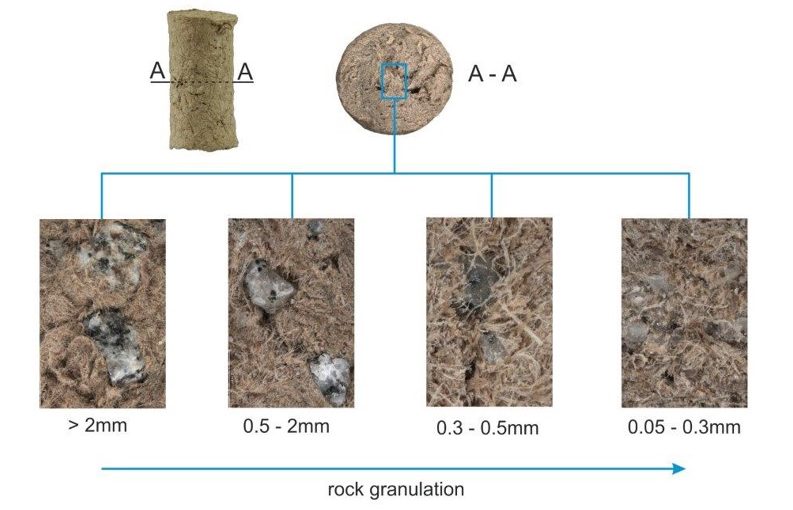
Structure of the composite material – Rock Cellulose Granules with mineral rock inside

Salix viminalis wood chips
Impregnated wood chips

Microscopy images of empty spaces in the organic matrix of willow chips working as an excellent storage of water and NPK minerals in soil conditioner
Application of SoilLifeBoats
SoilLifeBoats, an innovative blend of rock cellulose granules and Salix viminalis (willow) wood sticks impregnated with NPK fertilizers, is designed for applications across agriculture, horticulture, and forestry sectors. This technology is tailored for either mixing with soil, direct application into planting holes or mulching. Its unique composition promotes enhanced soil fertility and plant growth, making it an essential component for optimizing agricultural productivity and forestation efforts.
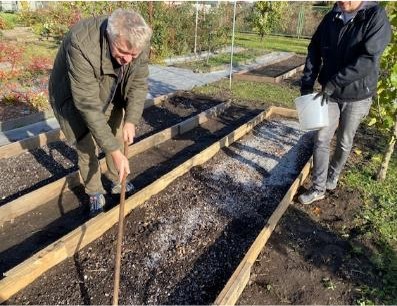
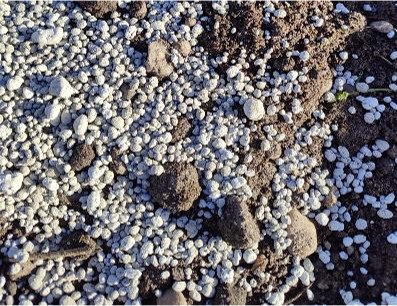
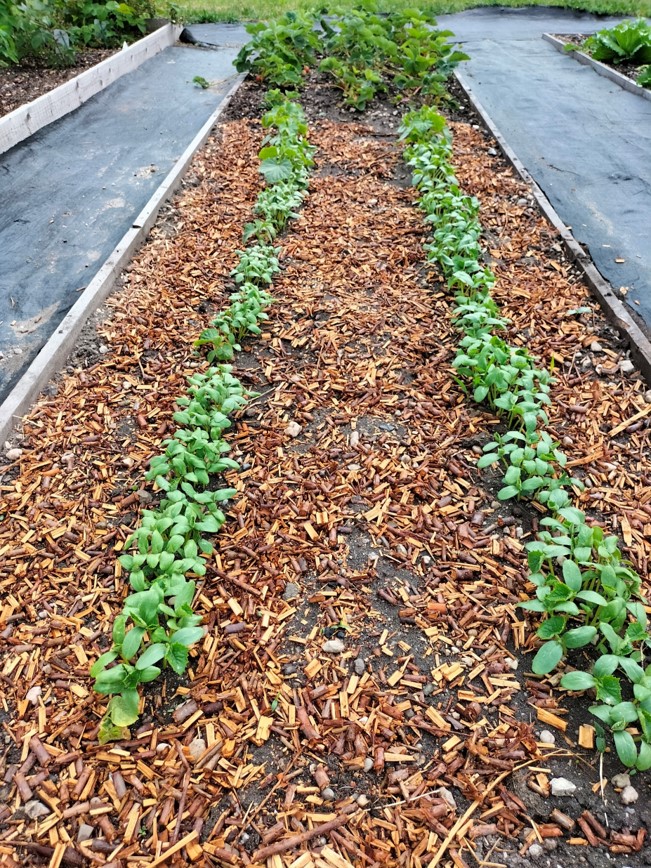
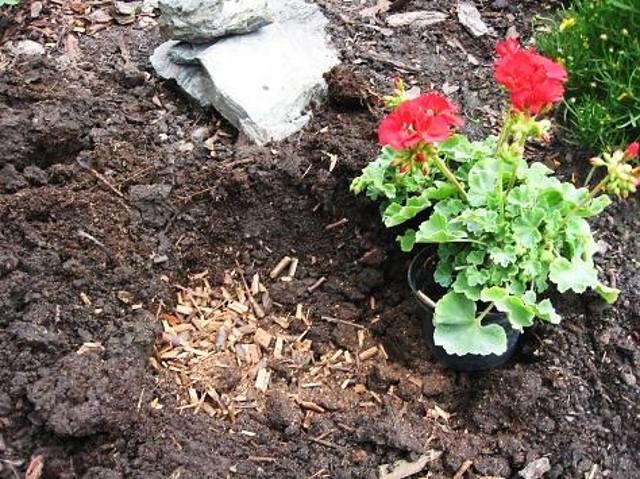
Soil mesofauna
SoilLifeBoats is a pivotal innovation designed to support mesofauna development within the soil. Its meticulously formulated composition significantly augments the water and organic matter content of the soil, thereby creating an optimal environment for mesofauna. This enhancement is crucial for maintaining biodiversity and ensuring the resilience of soil ecosystems, especially during periods of drought. By facilitating improved moisture retention and organic enrichment, SoilLifeBoats plays a vital role in enabling mesofauna to thrive and survive through challenging dry spells, making it an indispensable solution for sustainable agriculture, horticulture, and forestry practices.
SoilLifeBoats enhance carbon sequestration in soil by leveraging the natural processes involving soil mesofauna and the transformation of Particulate Organic Matter (POM) to Mineral-Associated Organic Matter (MAOM). The recommendation to separate soil organic matter (SOM) into particulate organic matter (POM) and mineral-associated organic matter (MAOM) provides a clear and effective framework for understanding and predicting SOM dynamics. This approach addresses the complexity of SOM by focusing on two fundamentally different components, which vary in their formation, persistence, and response to environmental changes. By adopting this separation scheme, scientists can facilitate cross-study comparisons, enhance broad-scale generalizations, and better communicate SOM behavior to management practitioners and policy makers. Research provide evidence of their highly contrasting physical and chemical properties, mean residence times in soil, and responses to land use change, plant litter inputs, warming, CO2 enrichment, and N fertilization This framework not only aids in advancing the study of SOM beyond bulk analysis but also supports informed decision-making in addressing global change challenges. (Lavallee JM, Soong JL, Cotrufo MF. Conceptualizing soil organic matter into particulate and mineral‐associated forms to address global change in the 21st century. Glob Change Biol. 2020;26:261–273.
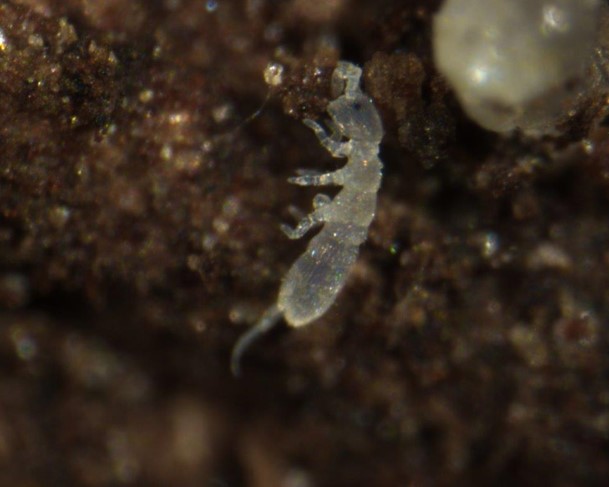
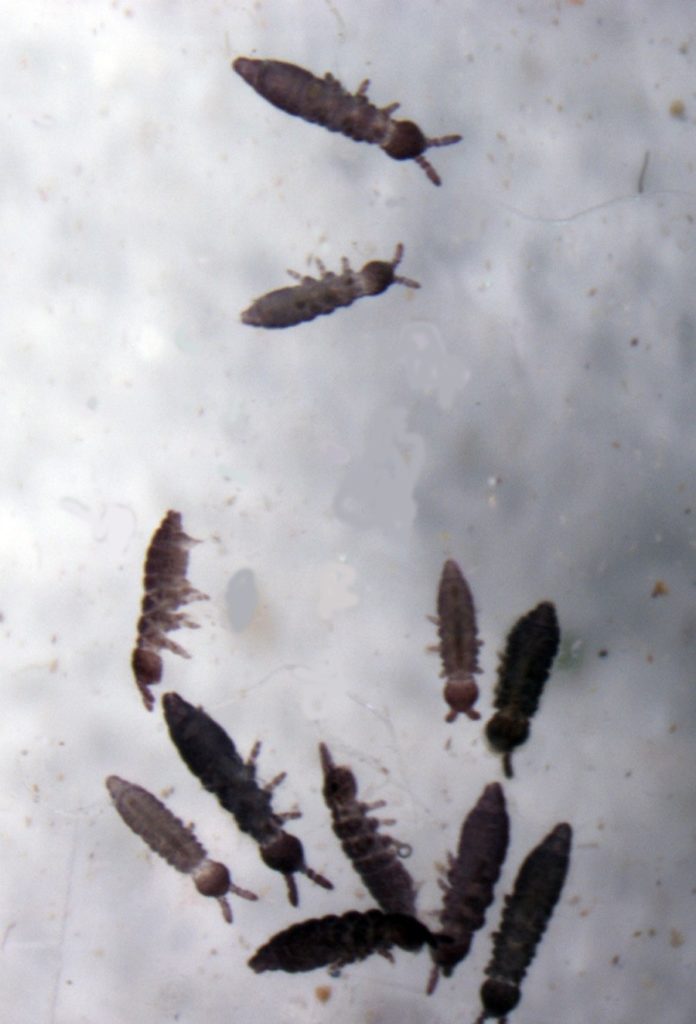
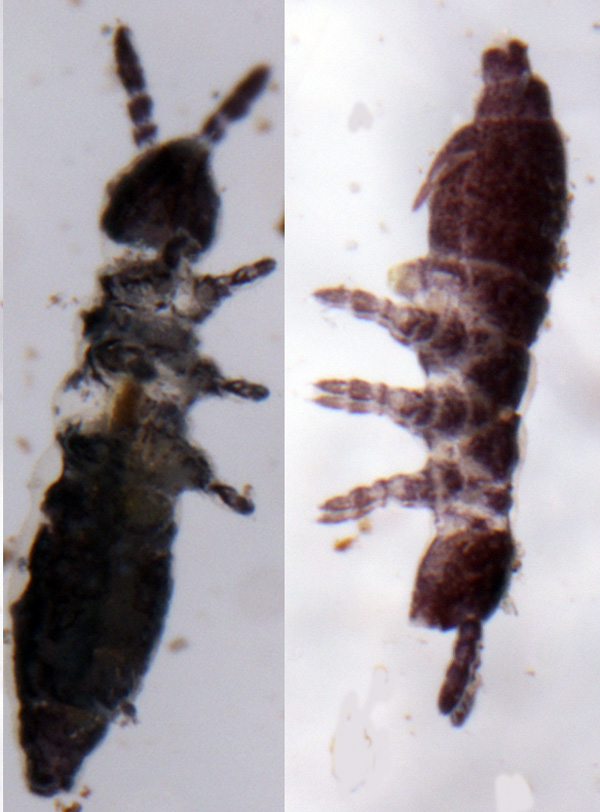
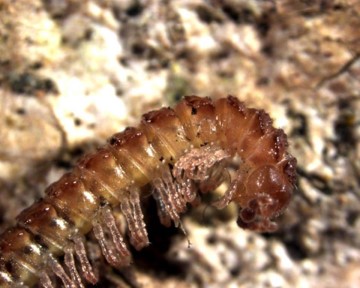
Observations on mesofauna great variety living inside SoilLifeBoats buried in soil. Mesofauna identyfication after 2 months of SoilLifeBoats application. Soil mesofauna photographed under ice cold temperature and return alive to soil after examination. Identyfied spiecies incl. springtail, myriapoda, collembola. Soil health was assesed using QBS-ar (Soil Biological Quality-arthropod) index. It is indicator used to assess soil quality through the analysis of soil-dwelling arthropod communities. This metric is based on the concept that the number of microarthropod groups morphologically well adapted to the soil is higher in high quality soils than in low quality soils.
Advantages of SoilLifeBoats technology in CO2 capture and sequestration

CO2 capture by Enhanced Rock Weathering (ERW)
The SoilLifeBoats technology captures CO2 through a process known as Enhanced Rock Weathering (ERW) due to the content of fine rock powder e.g. basalt. The core mechanism for CO2 capture in this technology is enhanced rock weathering. As the basalt weathers chemically, it reacts with CO2 in the presence of water. This reaction forms carbonate minerals, such as calcite, which effectively capture and store CO2 in a stable, solid form. This reaction effectively captures atmospheric CO2 and stores it in a solid, inert form within the soil, potentially for thousands of years.
Enhanced Rock Weathering (ERW) is increasingly recognized as one of the most promising techniques for carbon dioxide (CO2) capture and sequestration on a big scale (Beerling, D.J.et al. (2020) Potential for large-scale CO2 removal via enhanced rock weathering with croplands. Nature, 583 (7815). pp. 242-248.
CO2 sequestration by burying organic matter in cellulose and wood sticks
CO2 sequestration by burying cellulose and wood sticks impregnated with NPK fertilizers in soil involves incorporating these carbon-rich materials into the earth, where they slowly decompose with reduced oxygen. This process results in the formation of stable carbon compounds, such as humic substances, that remain in the soil for extended periods. This method not only aids in mitigating climate change by storing carbon long-term but also enhances soil health and fertility.
The proposed system aims to enhance carbon sequestration in soil by leveraging the natural processes involving soil mesofauna and the transformation of Particulate Organic Matter (POM) to Mineral-Associated Organic Matter (MAOM). The system, by facilitating the conversion of carbon from a more labile form (POM) to a stable form (MAOM) within the soil matrix, ensures that carbon is sequestered for decades or even hundreds of years. This prolonged sequestration period is essential for effectively mitigating the atmospheric concentration of CO2 and combating climate change.

Budget
2,107,281.55 € (LIFE funding 1,264,368.93 €)
Duration
5 years
01/06/2023 – 31/05/2028
Areas of activity
Circular economy, CO2 capture, Soil improvement, waste managment